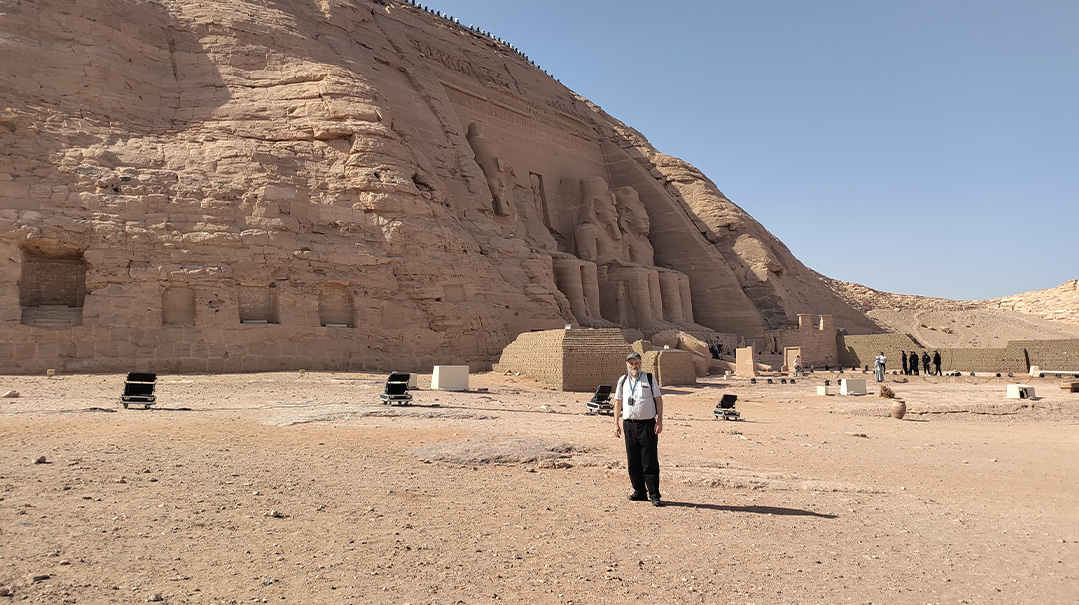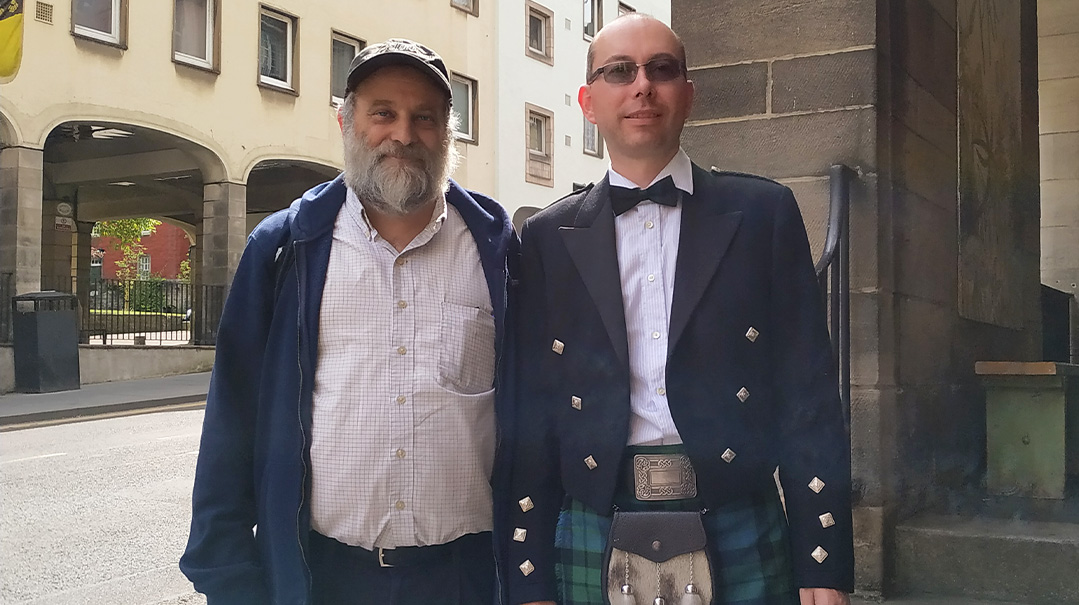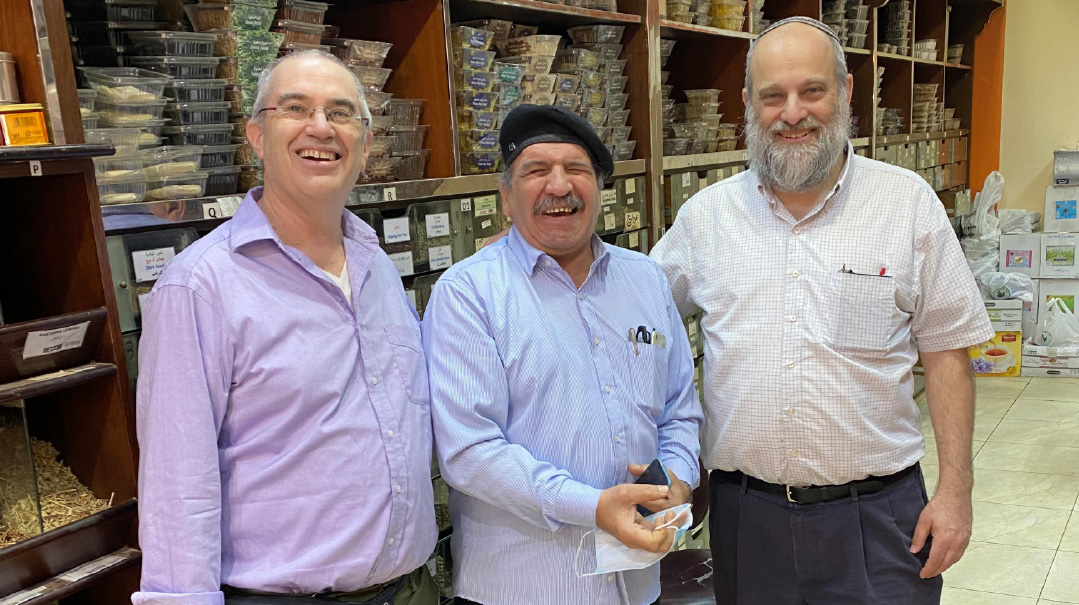One Tribe Lost and Found
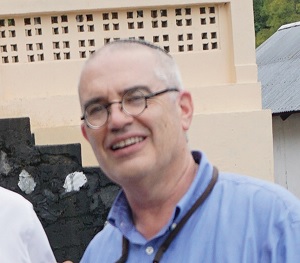
High on isolated Indian cliffs, the Bnei Menashe are almost living Jewish
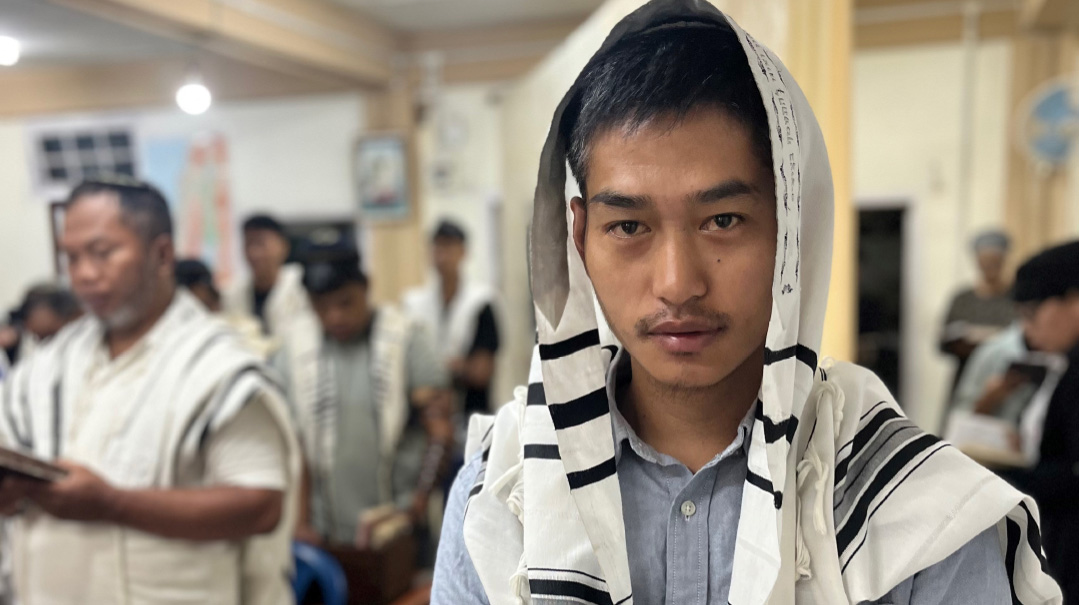
Photos: Ari Greenspan
IT wasn’t the first time I’d met the Bnei Menashe tribe in their native northeast Indian land, but when the opportunity came to do a mitzvah for an affiliated member, I knew the chance might not return. I discovered young boys in yarmulkes and tzitzis, men devotedly going to shul each morning for a 90-minute Shacharis, women in modest dress running their homes according to halachah — and all that when they’re not officially Jewish. Is this a Lost Tribe on its way back?
It wasn’t the first time we’d traveled to the backwaters of northeast India to examine the ancient communities claiming a connection to Lost Tribes of Israel. A few years back, Ari Zivotofsky and I paid a visit to several of the far-flung Bnei Menashe communities in the state of Manipur — with their tzitzis and yarmulke-clad young village men — near the Indian-Burmese border.
But when our friend Rabbi Eliyahu Birnbaum of Israel’s chief rabbinate asked me to travel with him to India to do a mitzvah, I couldn’t turn down the opportunity: I was to act as the shaliach to deliver a get to a Jewish woman of the Bnei Menashe tribe who was languishing in an Indian prison. Never one to put off doing a mitzvah (especially if there’s an adventure involved), it was also a chance to revisit these unusual communities — this time in the adjacent state of Mizoram — and see how they’ve been faring, especially as the region has been racked by civil war.
While many readers have surely come across halachic Bnei Menashe converts in Israel — the men in yarmulkes and the women in headscarves — seeing their ancient communities on the ground — before aliyah and conversion by the Israeli Chief Rabbinate — is always special and edifying.
I had planned to combine the trip with Simchas Torah, to observe how the Bnei Menashe observe the holiday. Not having been visited by a religious teacher for almost five years, the community was ecstatic when our little group arrived, especially after learning that I had brought milah equipment with me when I heard about a one-month-old baby who needed a bris. Welcome to the Bnei Menashe, the “almost” Jews of Mizoram.
Oops! We could not locate your form.



